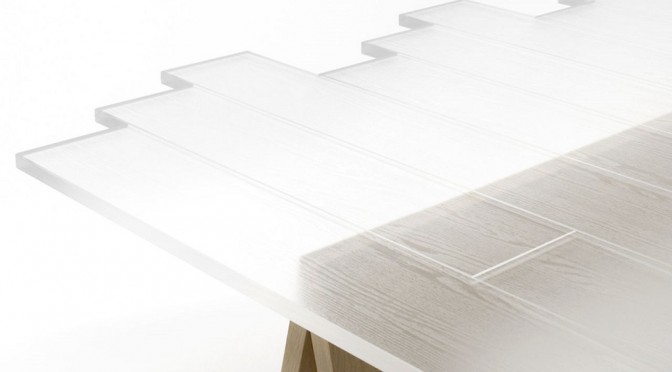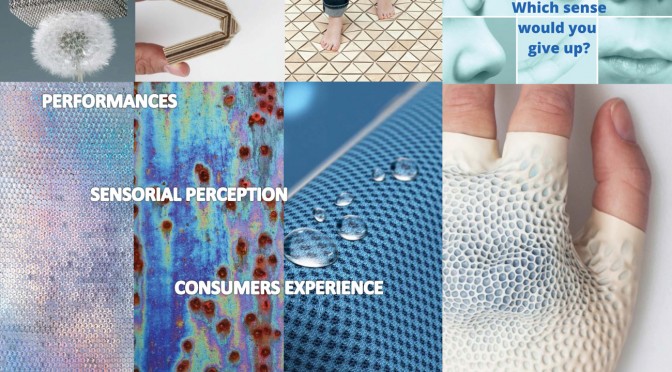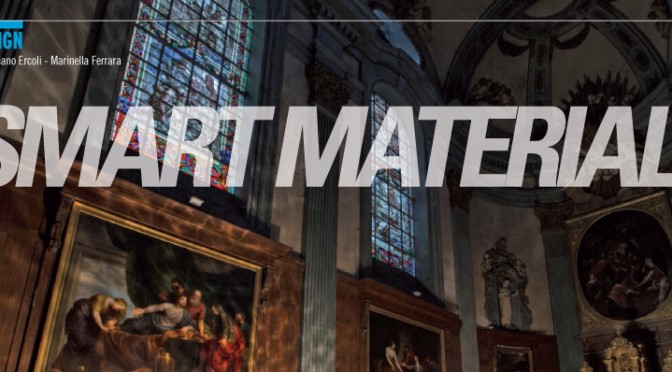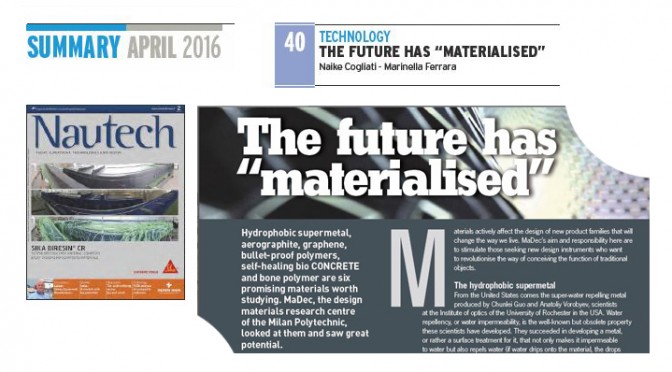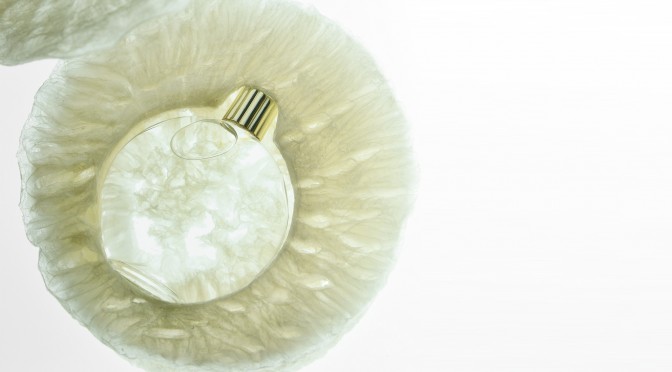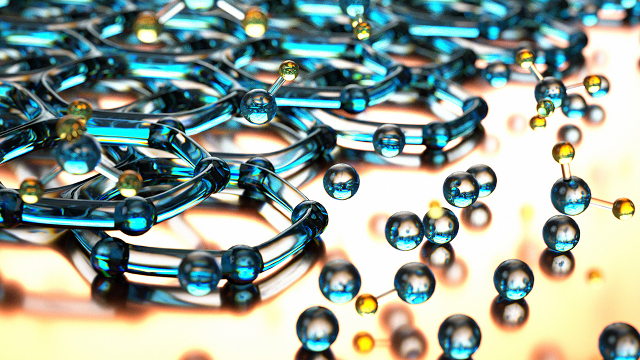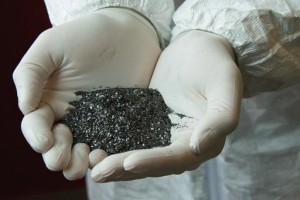di Chiara Catgiu
The pine needles are nowadays of interest for the materials industry.
Pine is one of the most common type of tree, so there is no shortage of pine needles. Tapping into this organic, biologically degradable resource is, moreover, a simple matter, involving cooperation with branches of industry that use the wood from the pines, but not their needles. And the use of pine needles is said to have another significant benefit, when we think how effective the essential oils in pine needles are at keeping insects away.
